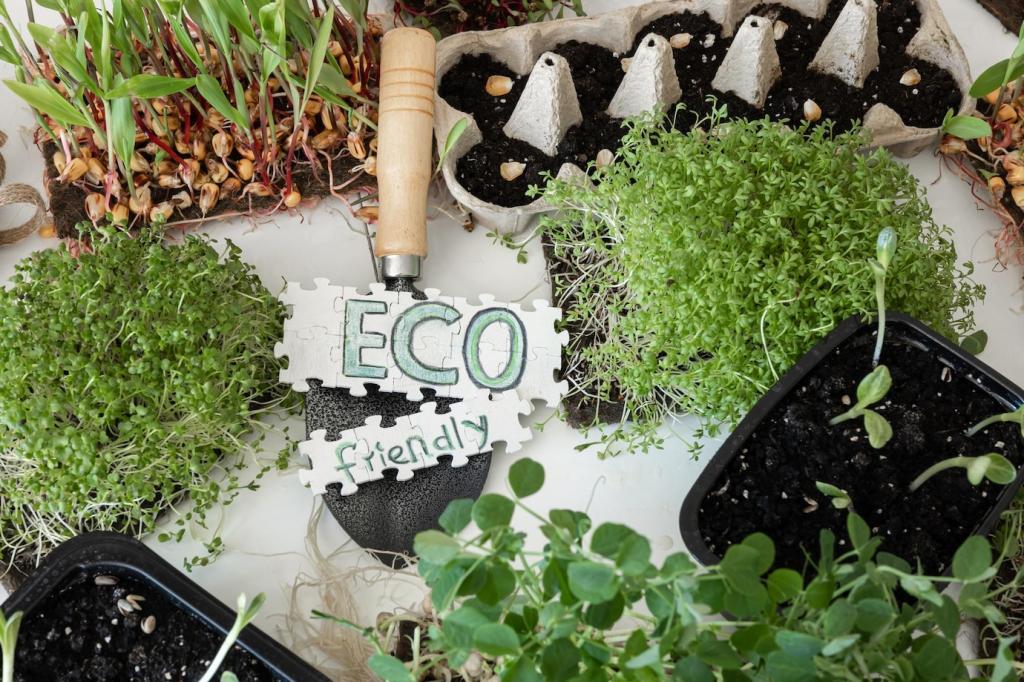Logistics and Food Safety with Small Producers
Plan cooler capacity based on arrival temperatures and holding times. Use data loggers for sensitive items, and stage deliveries to avoid bottlenecks. Walk your venue to map power, shade, and water access, then share a photo and we’ll help optimize layouts.
Logistics and Food Safety with Small Producers
Ask producers for full ingredient disclosures and cross-contact notes. Label stations clearly, and train staff on allergen handoff procedures. Consider QR codes linking to detailed ingredient lists. Request our labeling checklist by subscribing for a copy you can adapt.


